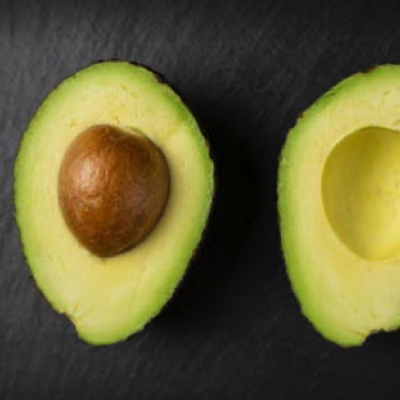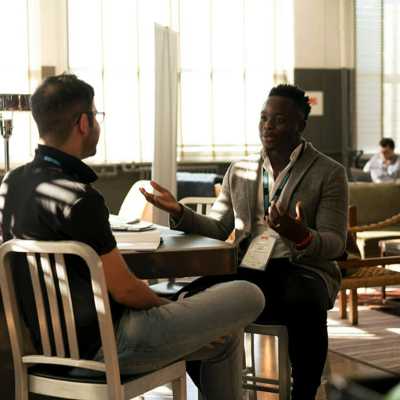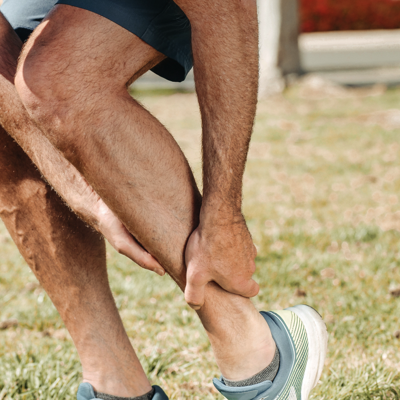As we age our bodies tend to lose muscle mass and bone density diminishes. But as athletes, and particularly cyclists, it is important to minimise this effect of ageing and maintain strong muscles and good bone density. In this post I want to look at how strength training can help Masters cyclists maintain a lifelong enjoyment of cycling.
There is a reason many cyclists don’t make time for strength training, quite simply riding a bike is a lot more fun than being stuck indoors in a sweaty gym lifting weights! However, strength training is more important than you might appreciate at first glance, if you want to continue to enjoy riding and racing into your more senior years.
Regardless of your age, Strength training provides performance benefits for cyclists. It will make you faster in the short term, but it will also keep you fast for many years to come. In the world of Masters racing, cyclists who remain strong, toned and healthy will continue to excel while many of their peers will start to slow. Strength training really is the fountain of youth in this regard, and is a cornerstone to success as a Master’s racer. Better still you can take your Strength training outdoors, so you certainly don’t need to be stuck in a pungent gym!
Effects of aging on Muscle
Your muscles turn the pedals that produce the all important watts that we all work so hard to increase. Therefore, quite simply, if you lose muscle, you inevitably lose power. Unfortunately, chronic muscle loss due to ageing (a condition known as sarcopenia) can begin as early as your thirties, although the rate, and point of onset, is highly dependent upon your lifestyle. Naturally, those that are physically inactive and have generally poor diets, will lose muscle mass and tone much faster than a healthy regular cyclist.
Whilst enjoying our cycling and doing it regularly is a good start, cycling alone will not help you preserve all of your precious muscle mass and tone. Including Strength training into your programme regularly and consistently can help counteract muscle loss:
- Two important hormones that are key to maintaining youthfulness are growth hormone and testosterone. Both of which have been shown to decrease with chronic endurance training. These hormones are not only essential to building and maintaining muscle, but also enhance your ability to recover and adapt from training. Strength training however is proven to enhance your testosterone level.
- Your fast-twitch muscle fibres are the most susceptible to sarcopenia. In a short duration road races, as is common in masters racing, it’s unlikely you will win without a good finishing kick. Strength training helps protect your fast-twitch muscle fibres and therefore protects your ability to perform competitively in Masters racing.
- We all understand the importance of VO2max, but unfortunately this also declines with ageing. However, this decline is largely due to the loss of muscle mass that occurs with aging as opposed to reduced cardiovascular function. With less toned muscles pushing your pedals, your body will not consume as much oxygen to contract your muscles. Therefore, maintaining strong muscle tone plays an important part in maintaining our VO2max capacity.
Effects of Ageing on Bones
Throughout puberty and into adulthood, bone mass gradually increases until it reaches its peak, which for most people will be in their twenties. It’s all down hill from there, so it becomes important to maintain what bone density you have, for as long as you can. Age makes you susceptible to low bone density, which in turn can predispose you to fractures caused by frail bones (a condition known as osteoporosis). Osteoporosis affects approximately one in three women and one in five men over the age of 50.
Several studies have been conducted to assess bone mineral density in competitive cyclists. This research has conclusively shown that chronic cycling training without any supplemental exercise can increase your chances of developing osteoporosis. There are several reasons for this:
- To stimulate bone growth you need to put stress on the bone. Cycling is a non-weight-bearing activity and therefore does not stimulate bone growth.
- Cycling expends large amounts of energy. Combine that with a restrictive diet, or inadvertent under fuelling, and you’ve got the perfect circumstances for a decline in bone density.
- Loss of calcium through frequent sweating also contributes to a reduction in bone density.
These reasons, in addition to the high risk of falls inherent to cycling, create a perfect storm for bone fractures. While any sort of weight bearing activity, such as running, can stimulate bone growth, strength training will benefit your performance more than further aerobic cross-training.
Where to start with Strength Exercises
If you’re going to invest time on Strength training, you will naturally want to select exercises that will give you the greatest benefit in as time efficient way as possible. Large muscle group exercises that work cycling-specific muscles are the best way to achieve this. But don’t forget that your core and shoulders also play an important role in cycling, it’s more than just your legs.
Large muscle group exercises will work as many muscles and joints as possible together, while also giving you the highest post-exercise hormonal response (very important!). Squats are the classic exercise for cyclists. They directly target the muscles that are central to you you producing power at the pedal and also place load on some of the most common (and risky) areas for fractures.
But again, remember it’s not all about the legs exclusively. You will want to select exercises to strengthen your core and shoulders too. Bench press, shoulder press, and different forms of rows are excellent time-efficient exercises.
If you are knew and inexperienced to lifting, then take caution, as these types of exercises present a high risk of injury if not performed properly with good form. You will still reap plenty of benefits from selecting safer exercises, such as lunges and leg presses, and it can be a good idea to build some foundation strength with these simpler exercises.
Some resources that you will find helpful in selecting exercises and performing them:
- Take a look at my YouTube channel : Ed Stivala Coaching and you will find a very large library of exercise demonstrations that you can draw upon. Don’t forget to subscribe so you receive more ideas going forward as I frequently add new exercises to the library.
- Building an effective workout and Strength Programme can be challenging if it is not something you have done before. If you are looking for prebuilt workouts that are designed specifically for cyclists then take a look at BitFitter.app which is my training platform. Create a free account, and you will have access to workouts I have specifically built for cyclists and also multi-week programmes. As I add new workouts you will receive free notifications to let you know something knew is available for you to try out.
Finally if you take your cycling very seriously and you require a more tailored solution that is designed specifically for you, then simply get in touch with me and enquire about availability for Performance Coaching online by me.
Enjoy your cycling and many more happy years onboard your bikes!
Main Photo by Greg Rosenke on Unsplash



